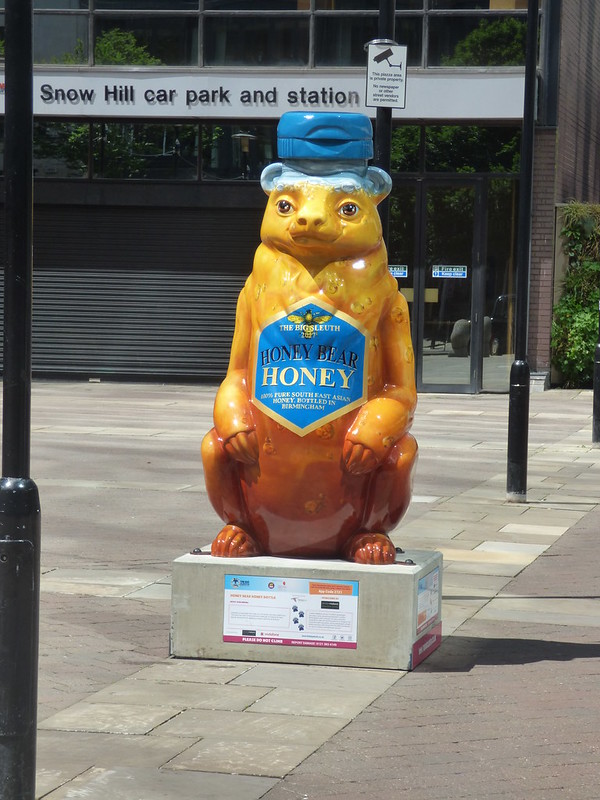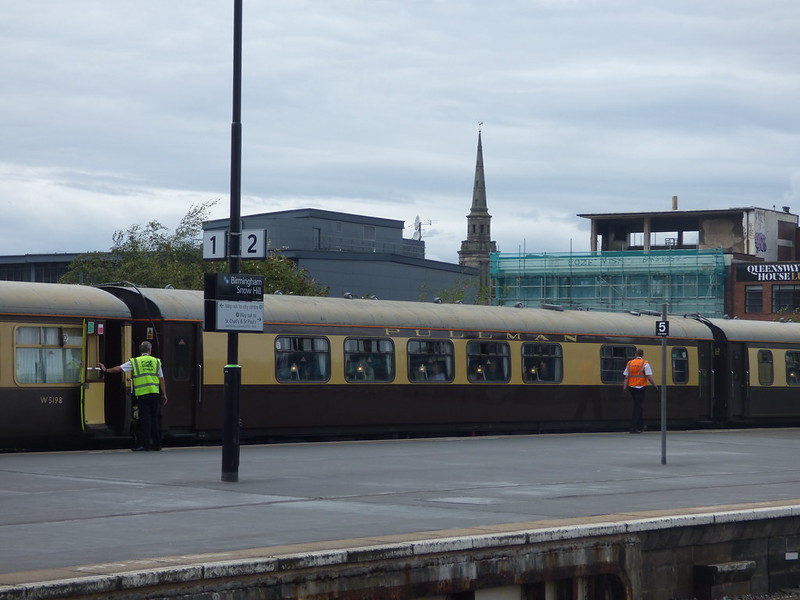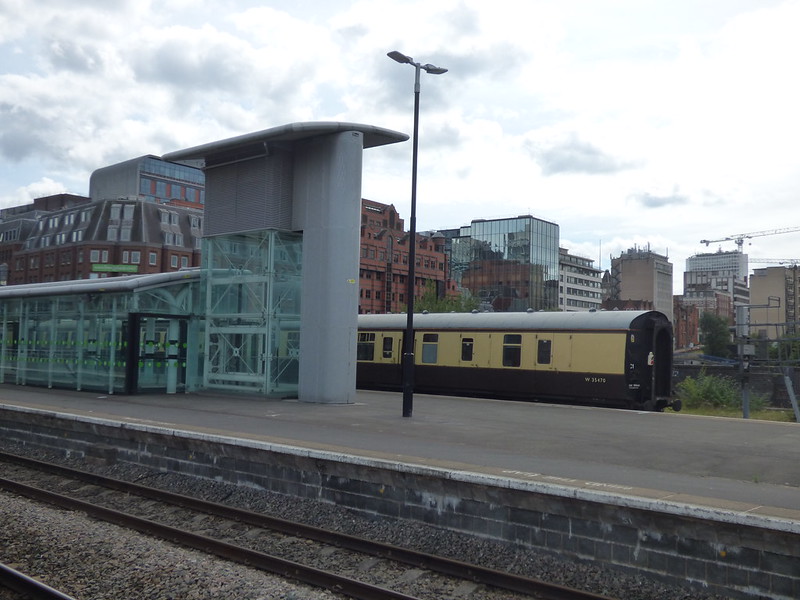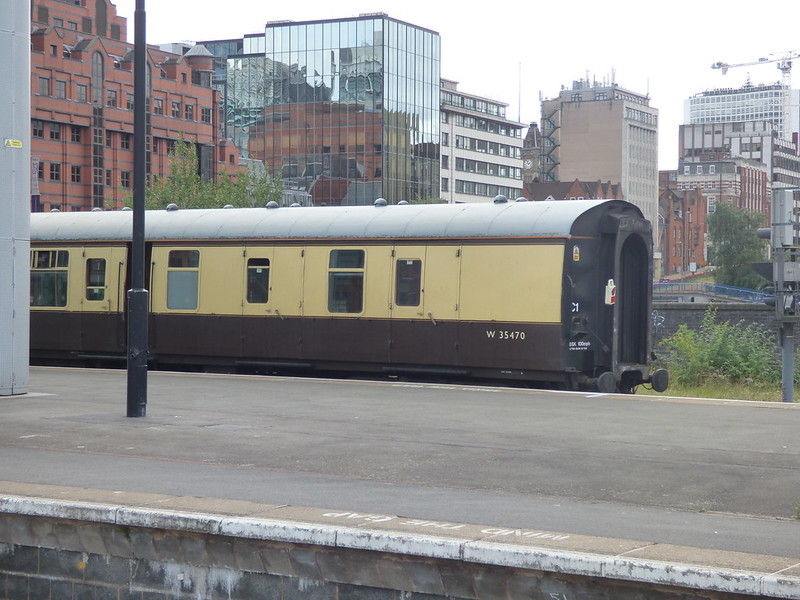Bob Davis
Bob Davis
During the war myself my mother and my sister went off for a week in Norfolk,late 1944. Dad was in India. We went on the train from New Street straight through to Norwich (I think) and although the train was full each eight seat compartment had two doors but no corridor. It was a long journey. It was before I became interested in trains, but boy do I remember that journey and how at two stations the train emptied as everyone rushed to find a toilet or a hedge and desperate women kept the carriage doors open until everyone was back .The GWR "B" sets, non corridor cars usually in pairs and two pairs were usually more than enough for most branch lines, were not that rare once you were off the main lines. They were known a "D"sets in the Birmingham District and were often four pairs. You could be in one for well over an hour, sometimes longer in the rural areas. They were favoured by those who "wished to be alone" quite often as they were free from nosy passers by.
Most railway and large bus companies chose their own specific designs of moquettes.
Bob















